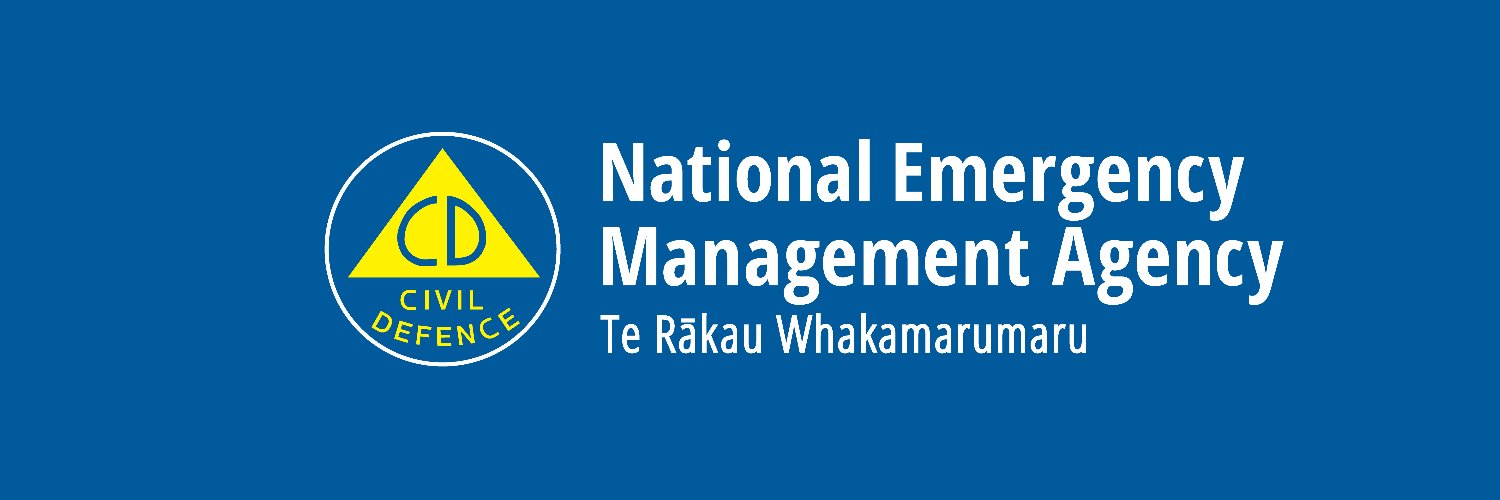Tsunami waves aren't like normal ocean waves, they are far more powerful. They are a danger to swimmers, surfers, people fishing, small boats and anyone in or near the shore.
It is important to recognise the natural warning signs and act quickly
If you are at the coast and experience any of the following:
- Feel a strong earthquake that makes it hard to stand up, or a long earthquake that lasts a minute or more
- See a sudden rise or fall in sea level
- Hear loud and unusual noises from the sea.
Move immediately to the nearest high ground, out of all tsunami evacuation zones, or as far inland as you can.
Check out the tsunami evacuation zones for your area and make sure you know where to go, no matter where you are.
Remember, Long or Strong, Get Gone.
Drop, Cover and Hold during the shaking. Protect yourself from the earthquake first.
As soon as the shaking stops, move immediately to the nearest high ground or as far inland as you can out of tsunami evacuation zone.
Practise your tsunami hīkoi. This is an easy way for you and those around you to learn the right actions to take. Practise your evacuation walk to high ground or inland by foot or bike.
Official warnings
When tsunami travel across the ocean from far away, there is more time to warn people what to do.

Civil Defence issues tsunami warnings in New Zealand.
Tsunami warnings are published on the National Emergency Management Agency's website and X (Twitter). Tsunami warnings will also be broadcast on radio and television. An Emergency Mobile Alert may also be issued if there is a threat of flooding of land areas.
Warnings may also be broadcast through:
- Siren
- Phone
- Mobile text
- Loud hailer, or
- Other local arrangements.
Contact your Civil Defence Emergency Management Group for more advice. They can tell you about the warnings used in your area.
Immediately follow the advice of any emergency warning. Do not wait for more messages before you act.
If you need help call now 0800 787 254 (RURAL HELP)